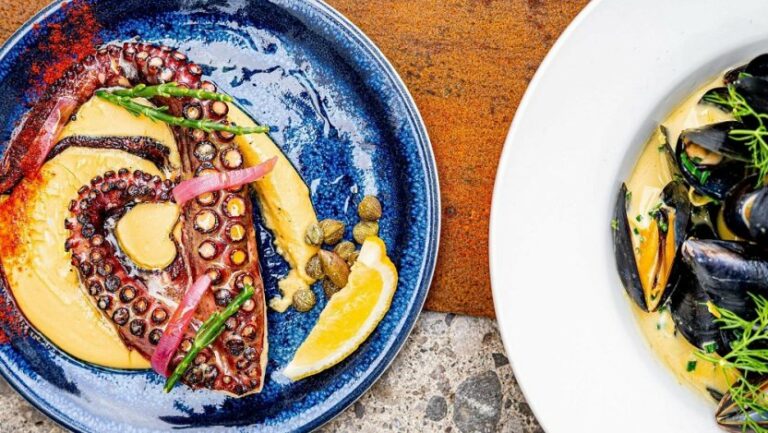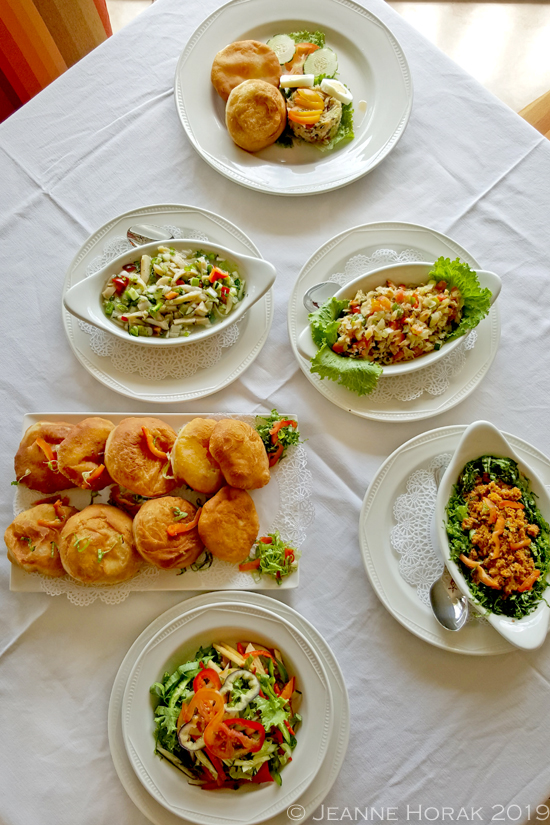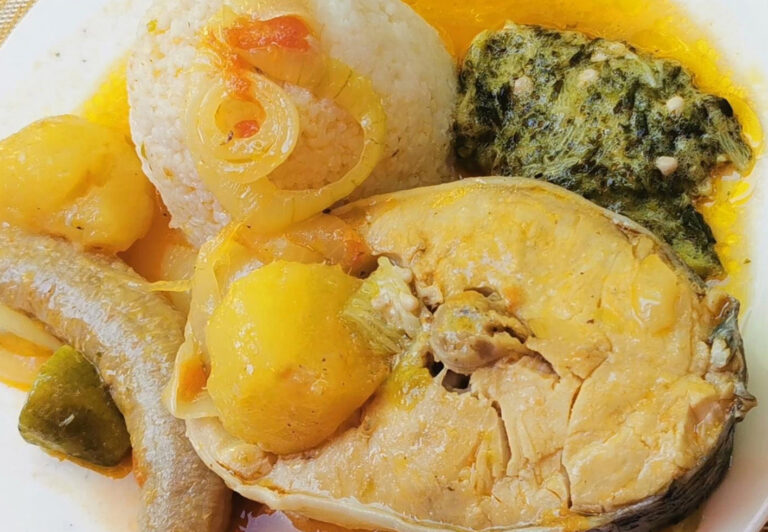Introduction: Ghanaian Cuisine and Vegetarianism
Ghanaian cuisine is known for its rich and diverse flavors. It is a fusion of indigenous ingredients and techniques with influences from West Africa and beyond. However, for vegetarians, navigating Ghanaian cuisine can be challenging. Many traditional dishes are meat-based or contain animal products like fish or eggs. Nevertheless, with some adaptations, it is possible to enjoy a vegetarian diet while exploring the delicious flavors of Ghanaian food.
Traditional Ghanaian Dishes: Vegetarian Adaptations
Some traditional Ghanaian dishes can be adapted to suit a vegetarian diet. For example, red-red, a popular dish made with beans, can be made without the addition of meat or fish. It is usually served with fried plantains and spicy tomato sauce. Another dish that can be adapted is jollof rice, which is a staple in West African cuisine. The dish is made with rice, tomatoes, onions, and spices. It can be made with vegetable stock instead of chicken stock to make it vegetarian-friendly.
Vegetarian-Friendly Ingredients in Ghanaian Cuisine
Ghanaian cuisine has many vegetarian-friendly ingredients, such as plantains, cassava, yams, and various legumes like black-eyed peas and cowpeas. These ingredients are often used in stews, soups, and salads. Additionally, Ghanaian cuisine has a wide range of vegetables that can be used in vegetarian dishes, such as okra, eggplant, tomatoes, and spinach.
Vegetarian Restaurants and Cafes in Ghana
In recent years, there has been a rise in vegetarian restaurants and cafes in Ghana. These establishments cater to vegetarians and vegans and offer a range of dishes that are meat-free and animal product-free. Some popular vegetarian restaurants in Accra include Bistro 22, Greens and Grains, and The Veggie Salsa.
Challenges for Vegetarians in Ghanaian Cuisine
One of the challenges for vegetarians in Ghanaian cuisine is the prevalence of meat-based dishes. It can be difficult to find vegetarian options in traditional restaurants. Additionally, some ingredients are used in almost every dish, such as fish and shrimp powder. Therefore, vegetarians need to be vigilant when ordering food to ensure that it is truly meat-free.
Conclusion: The Future of Vegetarianism in Ghanaian Cuisine
The future of vegetarianism in Ghanaian cuisine looks promising. With the rise of vegetarian restaurants and cafes, more people are becoming aware of the benefits of a plant-based diet. Additionally, as the world becomes more conscious of the environmental impact of meat consumption, people are exploring alternatives to meat-based diets. With some adaptations and a willingness to explore new flavors, vegetarians can enjoy the delicious and diverse cuisine of Ghana.










